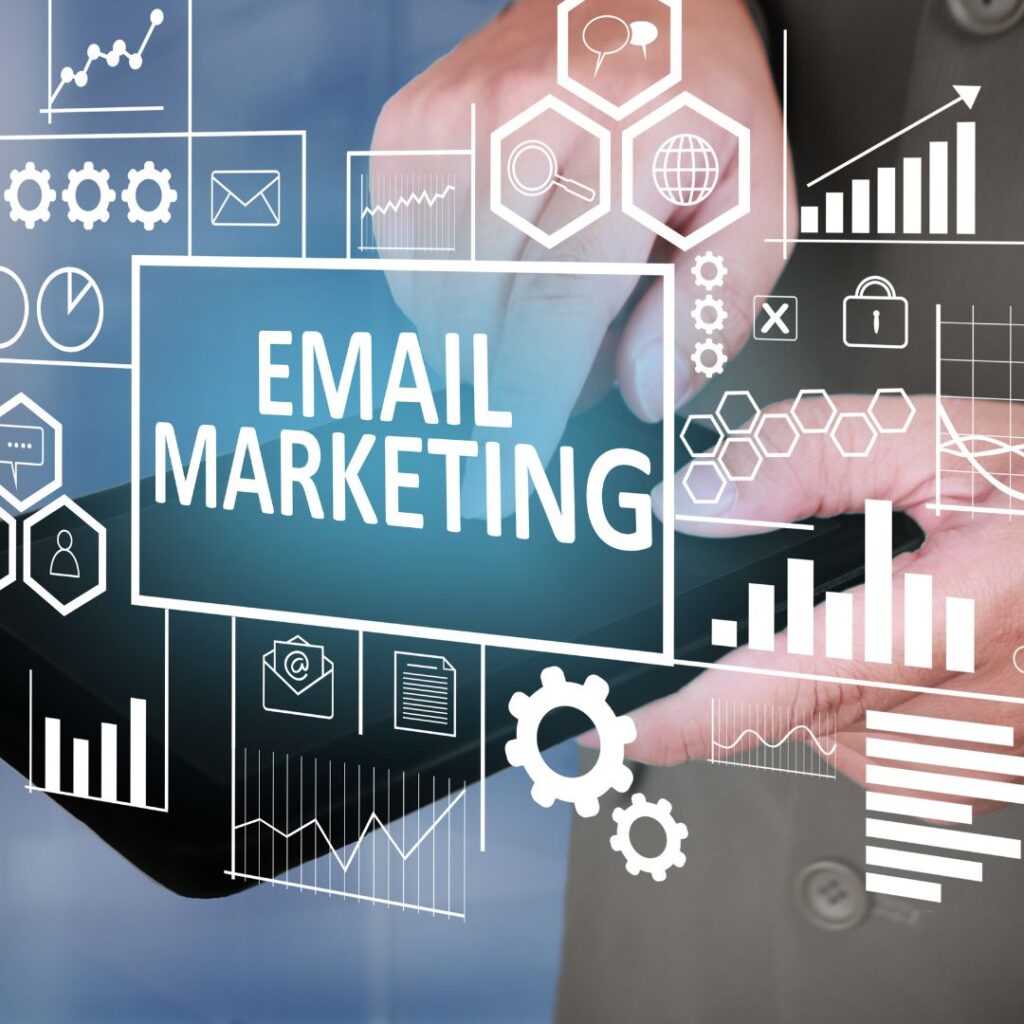
In a digital landscape brimming with various Email Marketing Strategies channels, email marketing continues to stand as a stalwart, offering businesses a powerful way to engage, nurture, and build lasting relationships with their customers. Crafting compelling email campaigns is an art that involves understanding your audience, delivering value, and utilizing strategies that resonate. In this guide, we’ll delve into effective email marketing strategies that foster customer loyalty and pave the way for lasting relationships.
Designing Compelling Email Campaigns: Best Practices
- Segmentation: One size doesn’t fit all. Divide your audience into segments based on demographics, behavior, purchase history, and preferences. This allows you to send targeted content that resonates.
- Personalization: Address your subscribers by their names and tailor the content to their preferences. Personalization goes beyond just adding a name – it’s about delivering content that feels like it was crafted specifically for them.
- Value-Driven Content: Every email should offer value to the recipient. Whether it’s informative content, exclusive offers, or solutions to their pain points, ensure your emails serve a purpose.
- Clear Call to Action (CTA): Each email should have a clear and compelling CTA that guides recipients on the desired action, whether it’s making a purchase, downloading a resource, or signing up.
- Mobile Responsiveness: With a significant portion of emails being opened on mobile devices, ensure your emails are optimized for various screen sizes.
- Visual Appeal: Use eye-catching visuals, balanced with concise and engaging copy, to make your emails visually appealing.
Segmentation and Personalization
- Demographic Segmentation: Divide your audience based on factors like age, gender, location, and job role.
- Behavioral Segmentation: Group subscribers based on their interactions with your emails and website. For example, you can target those who opened your previous emails but didn’t make a purchase.
- Purchase History: Tailor emails based on past purchases, recommending complementary products or offering exclusive discounts.
Automation: Nurturing Leads and Building Relationships
- Welcome Emails: As soon as a subscriber joins your list, send a warm welcome email that introduces your brand and sets expectations.
- Drip Campaigns: Automate a series of emails that gradually introduce your products, services, and brand values, nurturing leads over time.
- Abandoned Cart Emails: Remind users about items left in their cart and entice them to complete their purchase.
- Re-engagement Emails: If subscribers haven’t interacted with your emails for a while, send them a re-engagement email with an enticing offer.
Analytics and Iteration
- Open and Click-Through Rates: Monitor how many recipients open your emails and click on the links. Use this data to refine your subject lines and content.
- Conversion Rates: Track how many recipients take the desired action after clicking through. If conversion rates are low, adjust your CTAs and landing pages.
- Unsubscribe Rates: Pay attention to unsubscribes to identify if certain types of content aren’t resonating.
Building Lasting Relationships Through Email
Email marketing isn’t just about sending promotional messages; it’s about building relationships. By leveraging segmentation, personalization, automation, and valuable content, you can create a holistic email strategy that engages, nurtures, and converts. Remember, the key lies in consistently delivering value and being considerate of your subscribers’ preferences. As you implement these strategies, you’ll be well on your way to forging lasting customer relationships that stand the test of time.


